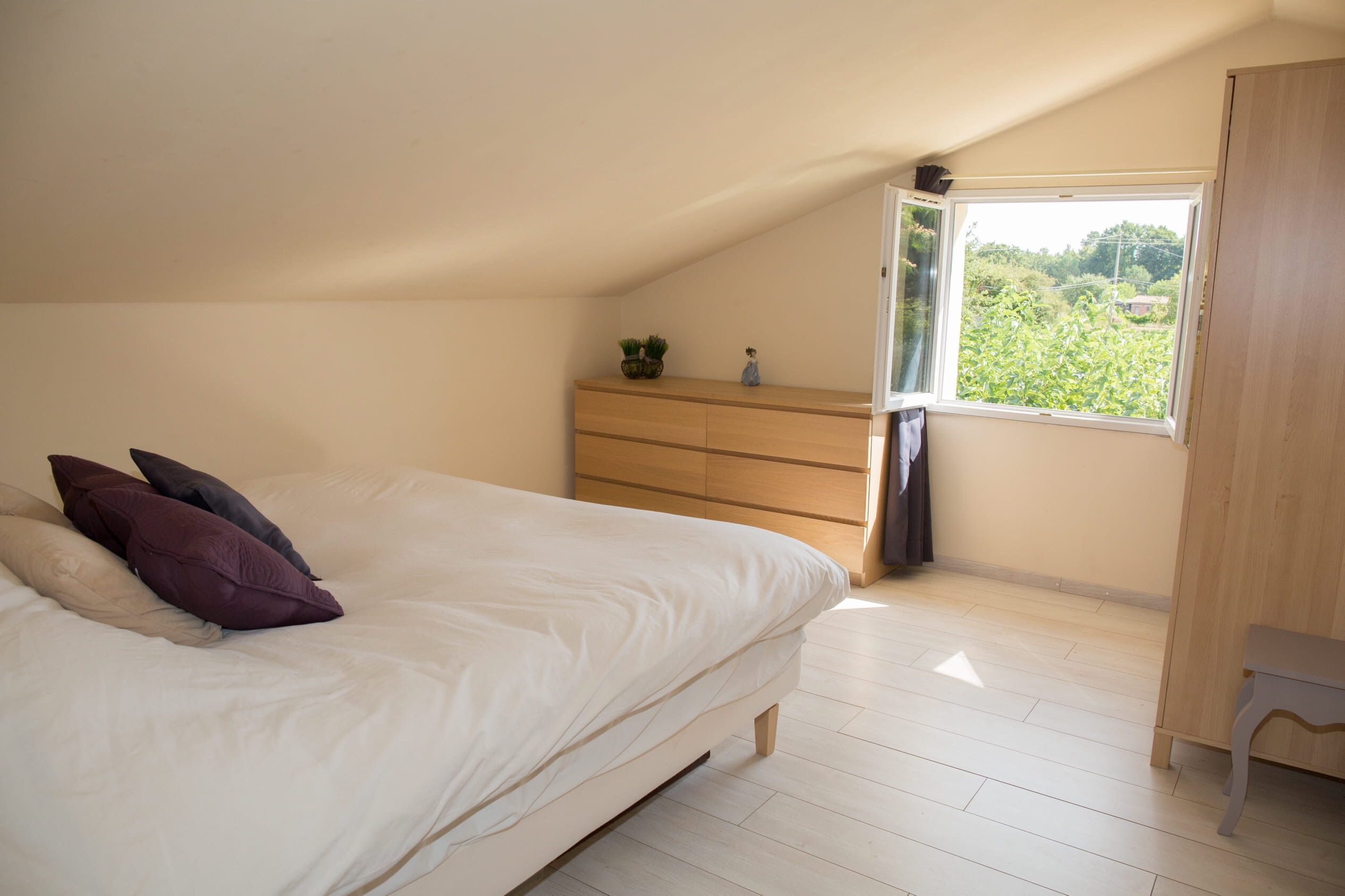

Articles
How To Keep The Attic Cool In Summer
Modified: October 18, 2024
Learn effective strategies and tips to keep your attic cool during summer with our informative articles. Stay comfortable and save on energy bills.
(Many of the links in this article redirect to a specific reviewed product. Your purchase of these products through affiliate links helps to generate commission for Storables.com, at no extra cost. Learn more)
Introduction
Welcome to the ultimate guide on how to keep your attic cool during the summer months. As the temperatures rise outside, the attic can become a hot and uncomfortable space that can affect the overall comfort of your home. Properly cooling your attic not only helps to create a more comfortable living environment but also helps to reduce energy consumption and lower your utility bills. In this article, we will explore various methods and techniques to keep your attic cool and ensure that your home remains a sanctuary of comfort even during the hottest summer days.
Before we dive into the solutions, it’s important to understand why a cool attic is essential. The attic serves as a buffer zone between the exterior elements and the living spaces below. During the summer, the sun’s rays can heat up the roof, transferring that heat to the attic. When the attic becomes hot, it can radiate that heat downwards, making the rest of the house warmer. This heat transfer can force your air conditioning system to work harder, leading to increased energy consumption and higher bills.
Now that we understand the importance of a cool attic, let’s explore some practical solutions to achieve this:
Key Takeaways:
- Proper insulation, improved air circulation, and reflective roofing materials are key to keeping your attic cool. These strategies not only enhance comfort but also reduce energy consumption and lower utility bills.
- Sealing air leaks, installing attic ventilation, and adding attic fans are essential for maintaining a cool attic. These steps promote energy efficiency, prevent heat buildup, and create a comfortable living environment.
Read more: How Does Attic Insulation Help In Summer
Understanding the Importance of a Cool Attic
A cool attic is not just about maximizing comfort in your home; it also has significant benefits for energy efficiency and long-term savings. Here are a few reasons why keeping your attic cool is important:
- Energy Efficiency: A hot attic can act like a furnace, heating up the air in your home and forcing your air conditioning system to work harder. By cooling your attic, you can reduce the amount of heat that enters your living space and alleviate the strain on your HVAC system. This can lead to significant energy savings and lower utility bills.
- Prolonged Roof Lifespan: Excessive heat in the attic can accelerate the aging process of your roof. When the temperature rises, the roofing materials expand and contract, causing wear and tear over time. By keeping the attic cool, you can help prolong the lifespan of your roof, saving you the cost of premature replacement.
- Prevention of Mold and Moisture Issues: Heat and humidity in the attic can create an ideal environment for mold growth and moisture accumulation. These issues can lead to structural damage, compromised air quality, and health concerns. By controlling the temperature and humidity in your attic, you can mitigate the risk of mold and moisture-related problems.
- Preservation of Stored Belongings: If you use your attic for storage, extreme heat can damage sensitive items such as photographs, documents, and other valuables. Heat can cause warping, fading, and deterioration. Keeping your attic cool will help protect your stored belongings from unnecessary damage.
Now that you understand the importance of a cool attic, it’s time to explore practical steps you can take to achieve and maintain a comfortable temperature in your attic during the summer months. These steps include evaluating the existing insulation, improving air circulation, installing attic ventilation, utilizing reflective roofing materials, sealing air leaks and gaps, considering roof coating, and adding attic fans. Let’s dive deeper into each of these solutions to effectively cool your attic and create a more comfortable living environment.
Evaluate the Existing Insulation
One of the first steps to keeping your attic cool in the summer is to evaluate the existing insulation. Proper insulation helps to regulate the temperature in your attic by preventing hot air from infiltrating the space. It acts as a barrier, minimizing heat transfer from the outside to the inside. Here are some key points to consider when evaluating your attic insulation:
- Inspect for Signs of Insulation Issues: Start by visually inspecting your attic for any obvious signs of insulation problems. Look for areas with inadequate insulation, damaged insulation, or gaps in coverage. Pay attention to areas around ductwork, vents, and other openings where insulation may not be properly installed.
- Check Insulation R-Value: The R-value is a measure of the insulation’s resistance to heat flow. Different regions have different recommended R-values based on climate. Check your local building codes to determine the recommended R-value for your attic insulation. If your current insulation falls below the recommended value, consider adding more insulation to improve its effectiveness.
- Consider Insulation Type: There are various types of insulation available, including fiberglass batts, blown-in cellulose, and spray foam. Each type has its pros and cons, so it’s important to choose the right insulation for your specific needs and budget. Consulting with an insulation professional can help you determine the best insulation type for your attic.
- Seal Air Leaks: Insulation alone may not be enough to keep your attic cool if there are air leaks present. Air leaks allow hot air from outside to enter the attic, undermining the effectiveness of insulation. Inspect your attic for any gaps, cracks, or openings that may be allowing air to infiltrate. Seal these areas with caulk or weatherstripping to effectively block the air leakage.
- Consider Hiring a Professional: If you are unsure about the condition of your attic insulation or need assistance with upgrading or adding insulation, it may be beneficial to hire a professional insulation contractor. They have the experience and knowledge to assess your attic insulation and make recommendations tailored to your specific needs.
By evaluating and improving your attic insulation, you can significantly reduce heat transfer and maintain a cooler temperature in your attic. This, in turn, helps to keep your home more comfortable and energy-efficient during the hot summer months. Once your insulation is in good shape, you can move on to other strategies for cooling your attic, such as improving air circulation and installing attic ventilation.
Improve Air Circulation
Improving air circulation in your attic is essential for maintaining a cool and comfortable space. Good air circulation helps to prevent the buildup of hot air, reduce moisture, and distribute cooler air throughout the attic. Here are some effective methods to enhance air circulation in your attic:
- Clean and Clear Space: Start by removing any clutter or debris in your attic. This allows for better airflow and prevents obstructions that can impede the movement of air. Additionally, ensure that there are no blockages around vents, ducts, or fans.
- Add Soffit Vents: Soffit vents are installed along the eaves of the roof and help to introduce cooler air into the attic. They allow outside air to enter and replace the hot air that naturally rises. Soffit vents work best when paired with ridge vents or gable vents to facilitate the flow of air.
- Install Attic Baffles: Attic baffles are channels or panels made of cardboard or foam that help maintain an open pathway for air to flow from the soffit vents to the exhaust vents. They prevent insulation from blocking the ventilation and ensure proper airflow throughout the attic space.
- Utilize Ceiling Fans: Ceiling fans can be helpful in improving air circulation in your attic. By installing ceiling fans in the attic, you can create a gentle breeze that helps to move air and keep the space cool. Use fans in conjunction with other ventilation methods for optimum results.
- Consider Attic Ventilation Fans: Attic ventilation fans, also known as attic fans, are designed to remove hot air from the attic and pull in cooler air from outside. They can be installed in the roof or the gable of your home. Attic fans are particularly useful in areas with limited natural ventilation or high temperatures.
- Avoid Blocking Ventilation Pathways: It’s crucial to ensure that insulation or other materials do not obstruct the pathways of your attic ventilation. Keep insulation well clear of vents, fans, and air ducts to allow unobstructed airflow.
Improving air circulation in your attic helps to prevent the buildup of hot air and promotes a cooler environment. This, in turn, reduces the strain on your air conditioning system and enhances overall energy efficiency. By combining air circulation improvements with proper insulation and ventilation, you can create a well-cooled and comfortable attic space.
Install Attic Ventilation
Proper attic ventilation is crucial for maintaining a cool and comfortable attic space. It helps to remove hot air, prevent moisture buildup, and improve the overall air quality in your attic. Here are some key considerations when it comes to installing attic ventilation:
- Types of Attic Ventilation: There are several types of attic ventilation systems available, including ridge vents, gable vents, soffit vents, and turbine vents. Each type has its advantages and is suitable for different types of roofs and climates. Consult with a professional to determine the most appropriate ventilation system for your attic.
- Calculating Ventilation Requirements: The size and layout of your attic will determine the amount of ventilation needed. A general rule of thumb is to have at least one square foot of ventilation for every 150 square feet of attic space. However, these requirements may vary depending on your specific circumstances, so it’s best to consult with a professional to ensure proper ventilation.
- Strategic Placement of Vents: Proper placement of attic vents is crucial for effective ventilation. Soffit vents should be installed along the eaves of the roof to allow cooler air to flow into the attic. Ridge vents or gable vents should be installed at the highest point of the roof to allow hot air to escape. This creates a natural flow of air and promotes optimal ventilation.
- Consideration for Weather Conditions: Depending on your climate, you may need to take extra precautions to ensure effective attic ventilation. For colder climates, it’s important to prevent the buildup of moisture that can lead to condensation and mold. In such cases, a balanced ventilation system that incorporates both intake and exhaust vents can help maintain the proper humidity levels in the attic.
- Hiring a Professional: Installing attic ventilation can be a complex task that requires knowledge of local building codes and professional expertise. It’s highly recommended to hire a professional contractor experienced in attic ventilation to ensure the job is done correctly and to avoid potential issues down the line.
Installing attic ventilation is a critical step in keeping your attic cool and well-ventilated. It allows for the efficient exchange of air, preventing heat buildup and reducing the strain on your cooling system. With proper attic ventilation, you can create a more comfortable living environment and extend the lifespan of your roof and insulation.
Ensure proper ventilation in the attic by installing soffit and ridge vents to allow hot air to escape. Use reflective insulation or radiant barriers to reduce heat transfer from the roof.
Read more: How Hot Can An Attic Get In The Summer
Utilize Reflective Roofing Materials
One effective method to keep your attic cool during the summer is to utilize reflective roofing materials. By using materials with high solar reflectance, you can minimize the absorption of solar heat and reduce the temperature of your attic. Here’s what you need to know about utilizing reflective roofing materials:
- Choose Light-Colored Roofing: Light-colored roofing materials, such as white or light gray, have higher solar reflectance compared to dark-colored materials. When sunlight hits the roof, light-colored materials reflect more of the sun’s energy, helping to keep your attic cooler. This can lead to energy savings and a more comfortable living environment.
- Consider Cool Roof Coatings: Cool roof coatings can be applied to existing roofs to improve their solar reflectance. These coatings help to reflect sunlight and reduce the heat transferred to your attic. Cool roof coatings are available in various formulations, including elastomeric, acrylic, and silicone coatings. Consult with a professional to determine the most suitable coating for your roof.
- Reflective Roof Shingles and Tiles: If you’re considering a roof replacement or installation, opt for shingles or tiles that have reflective properties. These roofing materials are designed with special coatings or granules that enhance solar reflectance. Reflective roof shingles and tiles can reduce the heat absorbed by your roof, effectively lowering attic temperatures.
- Solar Reflective Coatings for Flat Roofs: If you have a flat or low-sloped roof, consider using solar reflective coatings designed specifically for these roof types. These coatings typically contain reflective pigments and additives that help to reflect sunlight and keep your attic cooler. They can be applied to a variety of flat roof materials, including built-up roofs, modified bitumen roofs, and single-ply membranes.
- Professional Installation: While some reflective roofing materials can be DIY-friendly, others may require professional installation. It’s important to consult with a roofing expert or contractor to ensure proper installation and to maximize the benefits of your selected reflective materials.
Utilizing reflective roofing materials is an effective strategy to reduce heat absorption and keep your attic cool. These materials not only help to create a more comfortable living space but also contribute to energy efficiency and lower utility bills. By investing in reflective roofing, you can make a long-lasting improvement to the overall temperature control of your home.
Seal Air Leaks and Gaps
One often overlooked aspect of keeping your attic cool is sealing air leaks and gaps. Air leaks can allow hot outside air to infiltrate your attic, making it harder to maintain a cool temperature. By sealing these leaks, you can prevent the influx of warm air and increase the effectiveness of your cooling efforts. Here are some steps to seal air leaks and gaps in your attic:
- Identify Air Leaks: Start by identifying areas where air may be entering your attic. Common locations for air leaks include around electrical outlets, plumbing penetrations, recessed lighting fixtures, and areas where different building materials meet.
- Weatherstripping: Use weatherstripping to seal gaps around windows, doors, and attic access points. Adhesive-backed foam or rubber weatherstripping is effective at blocking air leaks and preventing the transfer of hot air into your attic.
- Caulking: Caulk is an excellent sealant for small cracks and gaps. Use caulk to seal gaps around windows, doors, and any other openings in your attic. Ensure that you select an appropriate caulk type for the specific materials and conditions in your attic.
- Spray Foam Insulation: Spray foam insulation is a versatile solution for sealing larger gaps and crevices. It expands to fill irregular shapes and creates an airtight barrier. Be cautious when using spray foam insulation, as it can expand rapidly and cause damage to surrounding materials if not applied properly.
- Insulate Ductwork: Insulate any exposed ductwork in your attic to prevent air leaks. Use insulation sleeves or wrap the ducts with insulation to maintain the temperature of the air flowing through them and minimize energy losses.
- Seal Attic Penetrations: Plumbing, electrical, and ventilation penetrations can create openings for air leaks. Seal these penetrations with expanding foam or caulk to prevent warm air from infiltrating your attic. Use fire-rated materials when sealing around heat sources.
- Consider Professional Help: If you’re unsure about the extent of air leaks or need assistance with sealing them effectively, it’s best to consult with a professional insulation contractor. They have the expertise and tools to perform a thorough assessment of your attic and ensure all air leaks are properly sealed.
Sealing air leaks and gaps is a relatively simple yet crucial step in keeping your attic cool. By preventing the intrusion of hot air, you can maintain a more comfortable and energy-efficient environment in your home. Taking the time to seal these leaks will not only improve attic temperatures but also help reduce your energy bills and enhance overall home comfort.
Consider Roof Coating
One effective method to keep your attic cool is to consider applying a roof coating. Roof coatings are designed to provide an additional layer of protection against the elements, including UV rays and heat. They can help to reflect sunlight and reduce the amount of heat absorbed by your roof, ultimately keeping your attic cooler. Here are some important points to consider when it comes to roof coating:
- Types of Roof Coatings: There are various types of roof coatings available, such as white elastomeric coatings, acrylic coatings, silicone coatings, and reflective metal coatings. Each type has its own set of advantages, depending on your specific needs and the type of roof you have.
- Benefits of Roof Coating: Roof coatings offer several benefits, including the ability to reflect sunlight and reduce the surface temperature of your roof. By reducing heat absorption, roof coatings contribute to a cooler attic and can potentially lower your cooling costs.
- Improved Roof Lifespan: Roof coatings can provide an additional layer of protection from the sun’s UV rays, which can cause roof deterioration over time. By creating a reflective shield, roof coatings can help extend the lifespan of your roof and prevent premature aging and damage.
- Application Process: Roof coating application typically involves cleaning and preparing the roof surface before applying the coating. It is important to follow the manufacturer’s instructions for proper application techniques and recommended number of coats. Depending on the type of coating, a professional contractor may be recommended to ensure proper installation.
- Maintenance and Longevity: Roof coatings require periodic inspections and maintenance to ensure their effectiveness over time. Regular cleaning and reapplication, as recommended by the manufacturer, will help maintain the reflective properties of the coating and prolong its lifespan.
- Considerations and Limitations: It’s important to note that roof coatings may not be suitable for all roof types or conditions. Consult with a professional roofer or coating specialist to determine if your roof is a good candidate for coating and to address any specific concerns or limitations.
Applying a roof coating can be an effective way to reduce heat absorption and maintain a cooler attic. By reflecting sunlight and preventing heat transfer, roof coatings can contribute to energy savings and an increased level of comfort in your home. Consider consulting with a professional to determine the best type of roof coating and ensure proper application for optimal results.
Add Attic Fans
Adding attic fans is a great way to improve ventilation and keep your attic cool during the summer. Attic fans help to remove hot air from the attic space, allowing for better airflow and reducing the overall temperature. Here are some key points to consider when installing attic fans:
- Types of Attic Fans: There are different types of attic fans available, including roof-mounted fans and gable-mounted fans. Roof-mounted fans are installed directly on the roof, while gable-mounted fans are installed on the gable wall of the attic. Each type has its advantages, so it’s important to choose the one that suits your specific needs and the layout of your attic.
- Benefits of Attic Fans: Attic fans offer several benefits, such as improved air circulation, reduced heat buildup, and increased energy efficiency. By removing hot air from the attic, attic fans can help prevent heat transfer to the living spaces below, resulting in a cooler home and reduced reliance on air conditioning.
- Proper Sizing and Installation: It’s important to ensure that the attic fan is properly sized for your attic space. Consult with a professional to determine the appropriate size and number of fans needed. Improperly sized or installed fans may not effectively cool the attic or lead to excess energy consumption.
- Thermostat and Humidistat Controls: Attic fans can be equipped with thermostat and/or humidistat controls to automatically turn on and off based on temperature or humidity levels. This helps to maintain a consistent and comfortable environment in the attic, avoiding unnecessary energy consumption.
- Professional Installation: While some attic fans can be installed as a DIY project, others may require professional expertise. Consider hiring a professional to ensure proper installation, especially for roof-mounted fans, as they involve working at heights and ensuring a weatherproof seal.
- Maintenance and Safety: Regular maintenance and inspection of attic fans are important to ensure their efficient operation and longevity. Keep fans clean, lubricated, and free from obstructions. Additionally, it’s crucial to follow safety guidelines and electrical codes when working with attic fans.
Adding attic fans can significantly improve the airflow and temperature control in your attic. By effectively removing hot air, attic fans help to create a cooler attic space, reducing the demand on your cooling system and promoting energy efficiency. Consulting with a professional and considering the specific needs of your attic will help you choose the right fan and ensure its proper installation and maintenance.
Read more: What Direction Does A Fan Go In The Summer
Conclusion
Keeping your attic cool during the summer months is essential for maintaining a comfortable and energy-efficient home. With the right strategies and techniques, you can ensure that your attic remains a cool and well-ventilated space. From evaluating the existing insulation to adding attic fans, here are the key takeaways:
Evaluating the existing insulation is the first step in creating a cool attic. Proper insulation helps regulate the temperature and prevents the transfer of heat into your living spaces.
Improving air circulation is crucial for maintaining a cool attic. Clearing clutter, adding soffit vents, and utilizing attic baffles can help enhance airflow and reduce heat buildup.
Installing attic ventilation is another effective solution. Various types of vents, such as ridge vents and gable vents, can be strategically placed to encourage the flow of cool air and the expulsion of hot air from the attic.
Utilizing reflective roofing materials, such as light-colored roofs or roof coatings, can minimize heat absorption and keep your attic cooler.
Sealing air leaks and gaps is important to prevent hot air from infiltrating your attic. Weatherstripping, caulking, and foam insulation are effective methods to seal air leaks and improve energy efficiency.
Consider adding attic fans to improve ventilation and remove hot air from the attic. Proper sizing, installation, and maintenance ensure their effectiveness in cooling the attic space.
In conclusion, by implementing these strategies to keep your attic cool, you can create a more comfortable living environment, reduce energy consumption, and lower your utility bills. Remember to consult with professionals for expert advice and assistance when necessary. With a cool attic, you can enjoy a cooler home and make the most of the summer season without sacrificing comfort and energy efficiency.
Frequently Asked Questions about How To Keep The Attic Cool In Summer
Was this page helpful?
At Storables.com, we guarantee accurate and reliable information. Our content, validated by Expert Board Contributors, is crafted following stringent Editorial Policies. We're committed to providing you with well-researched, expert-backed insights for all your informational needs.

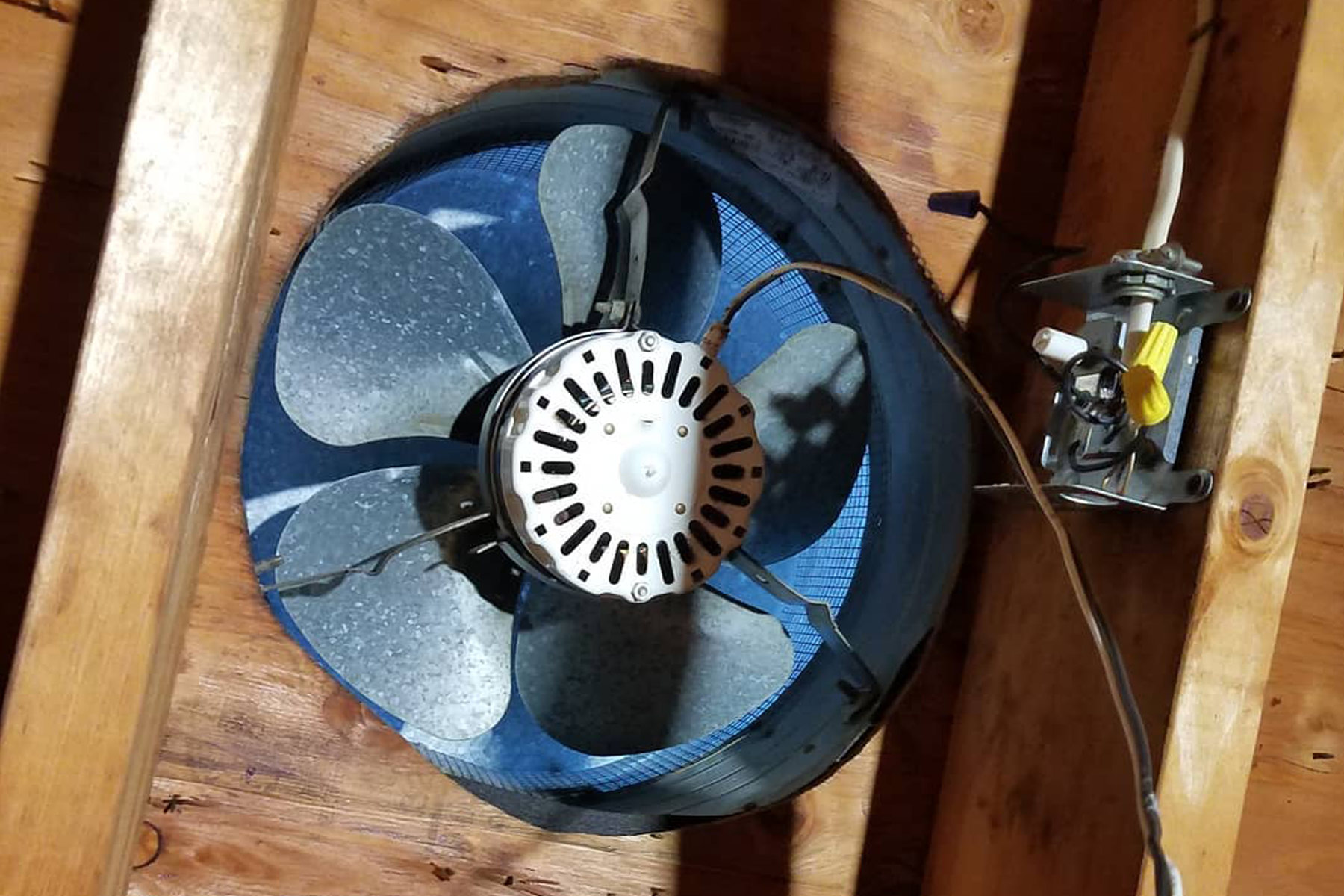

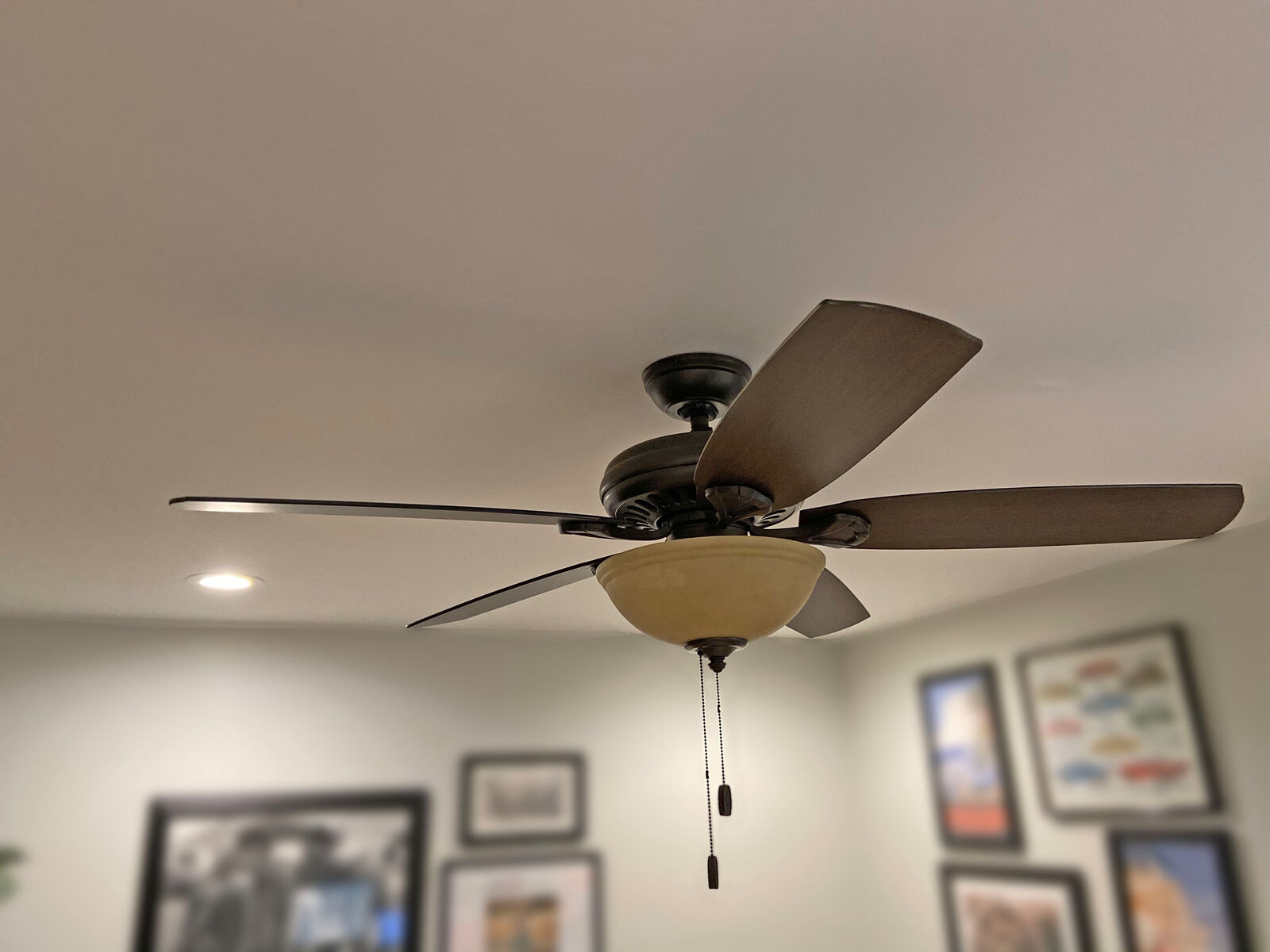
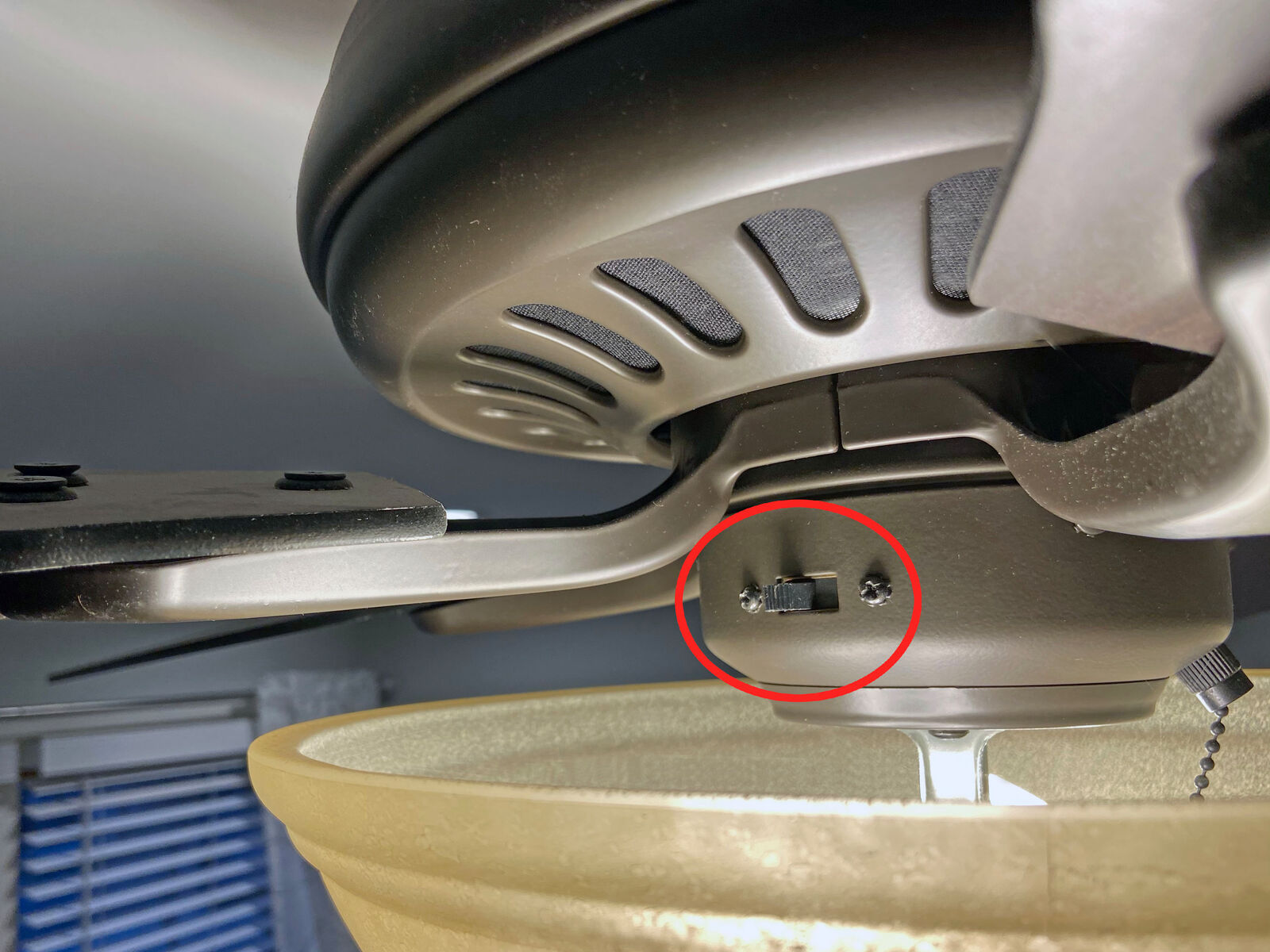

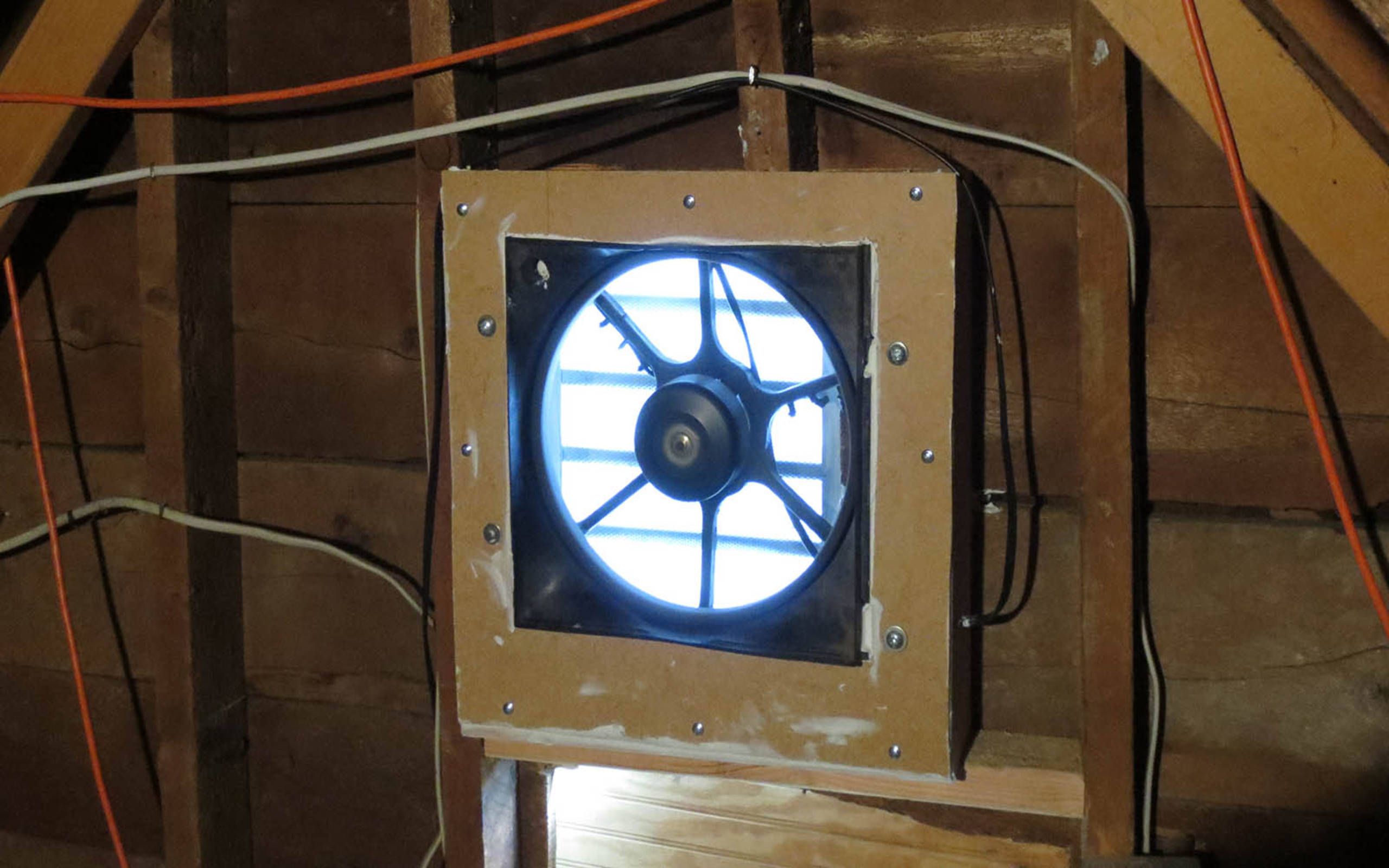
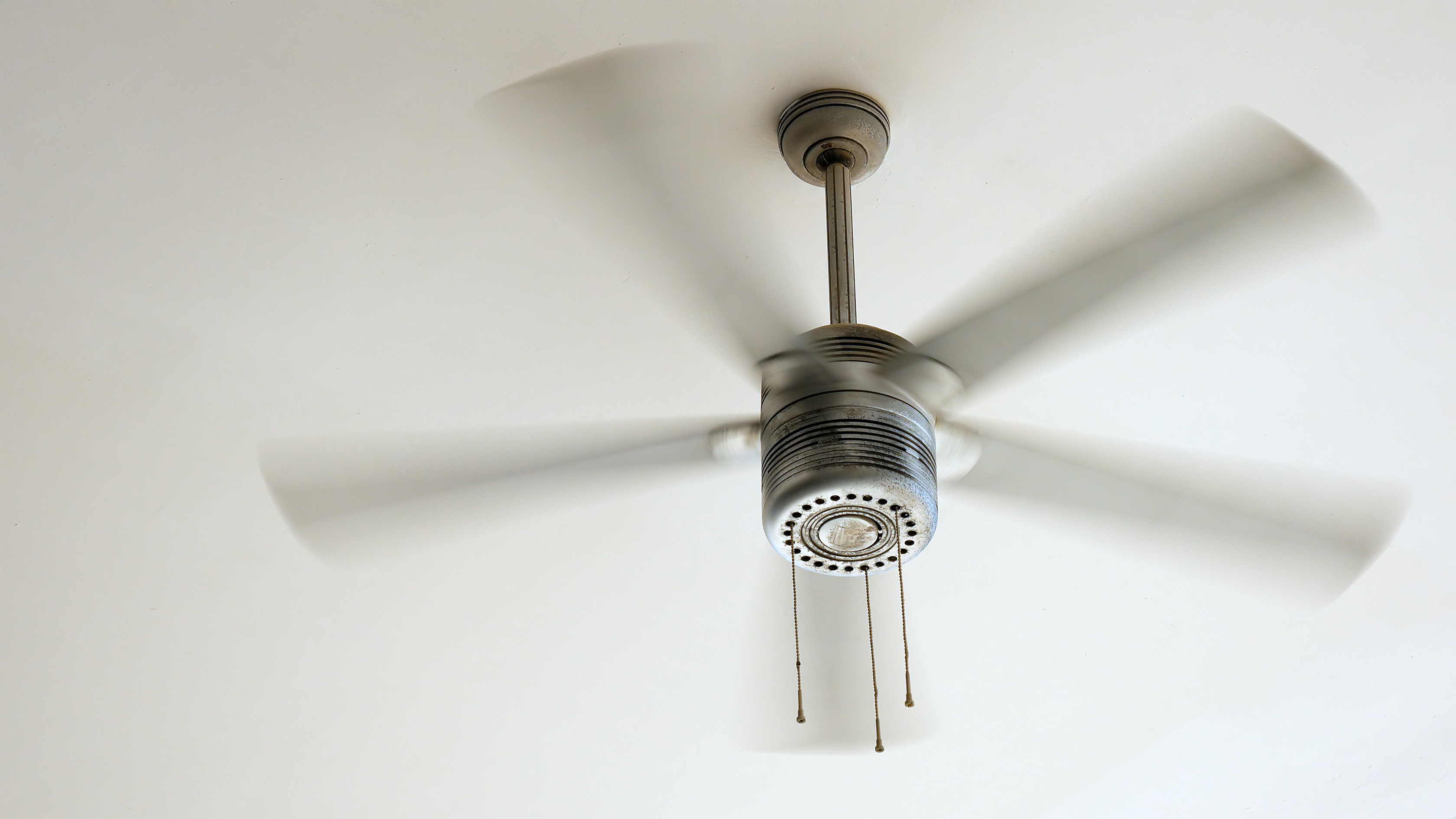
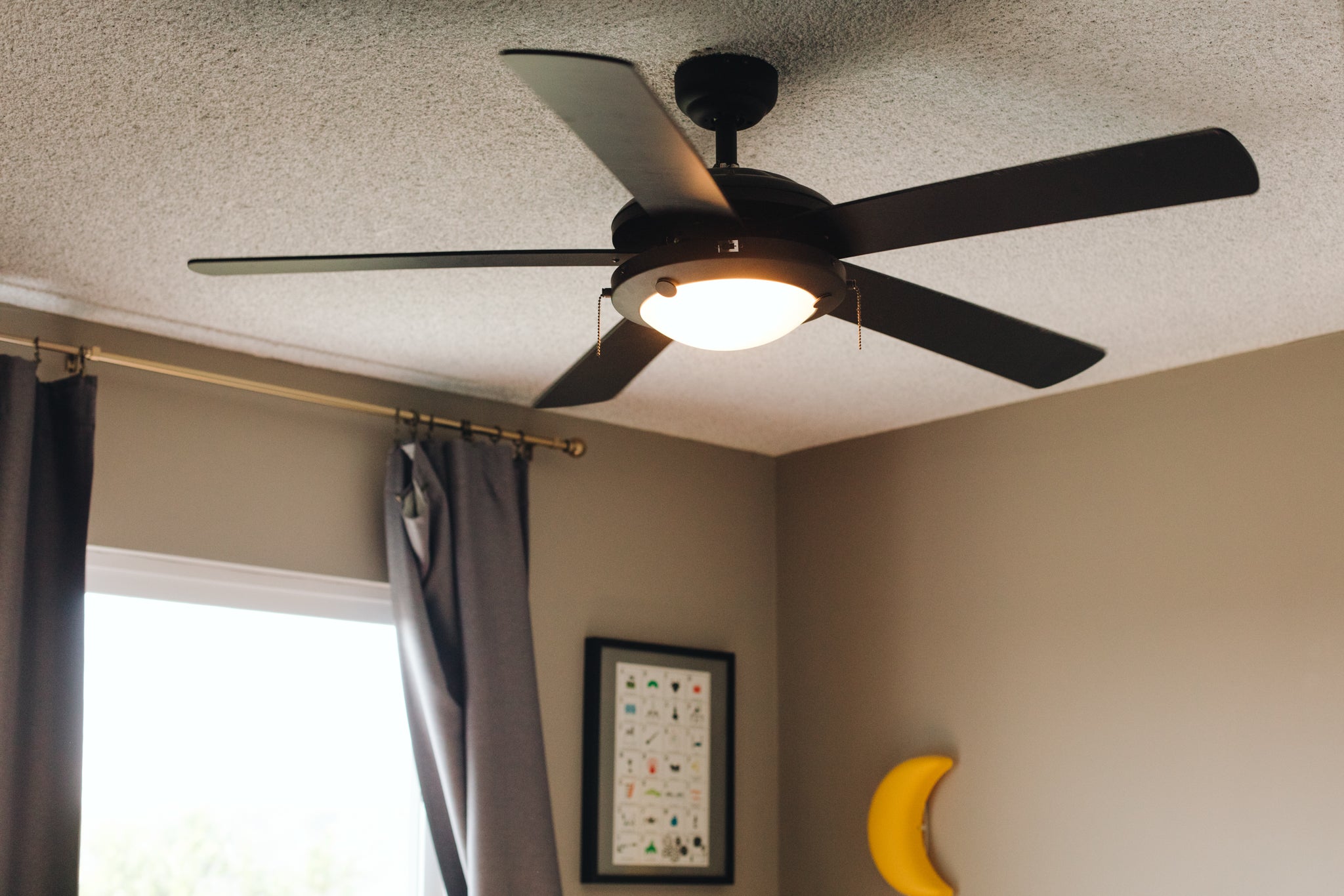
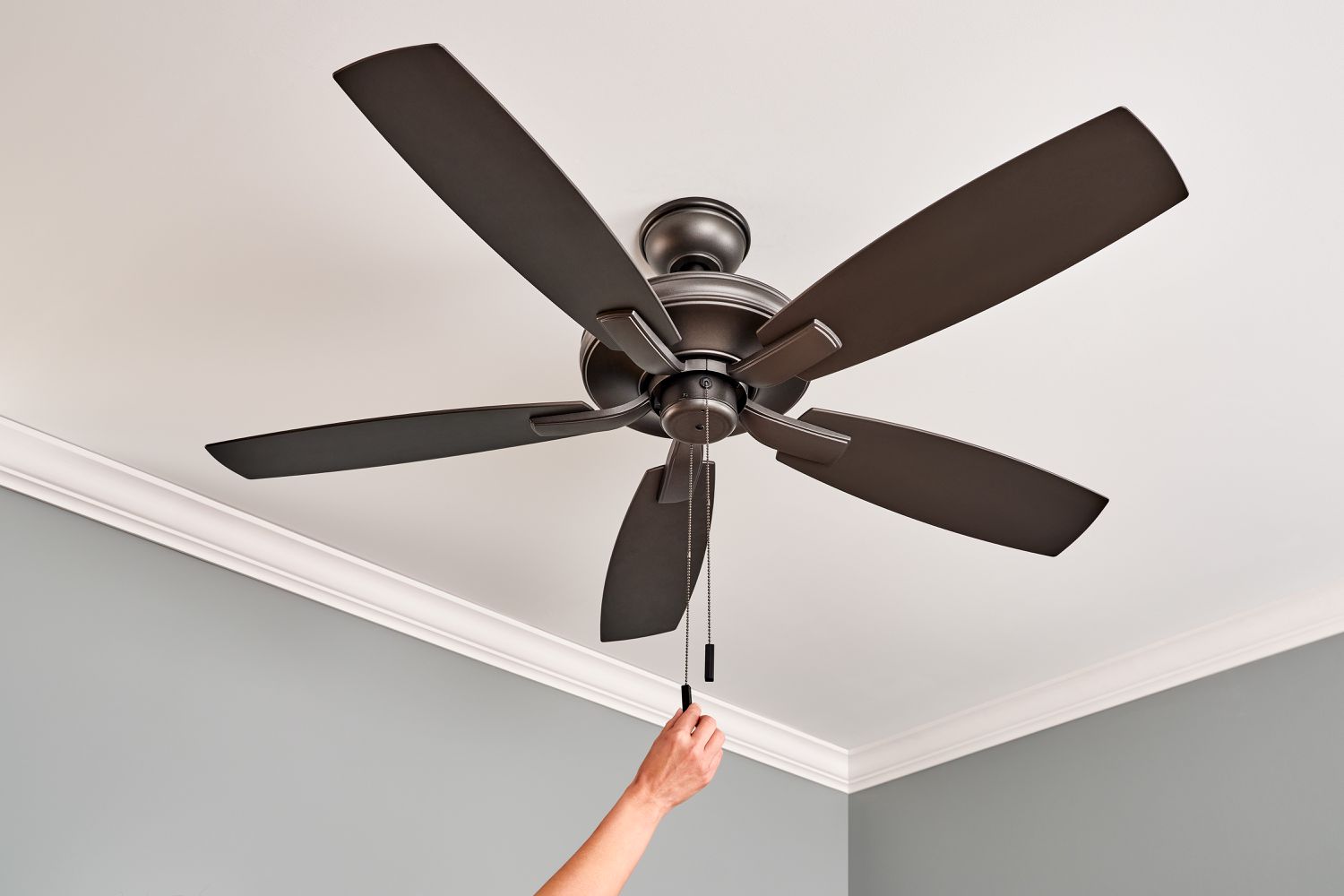
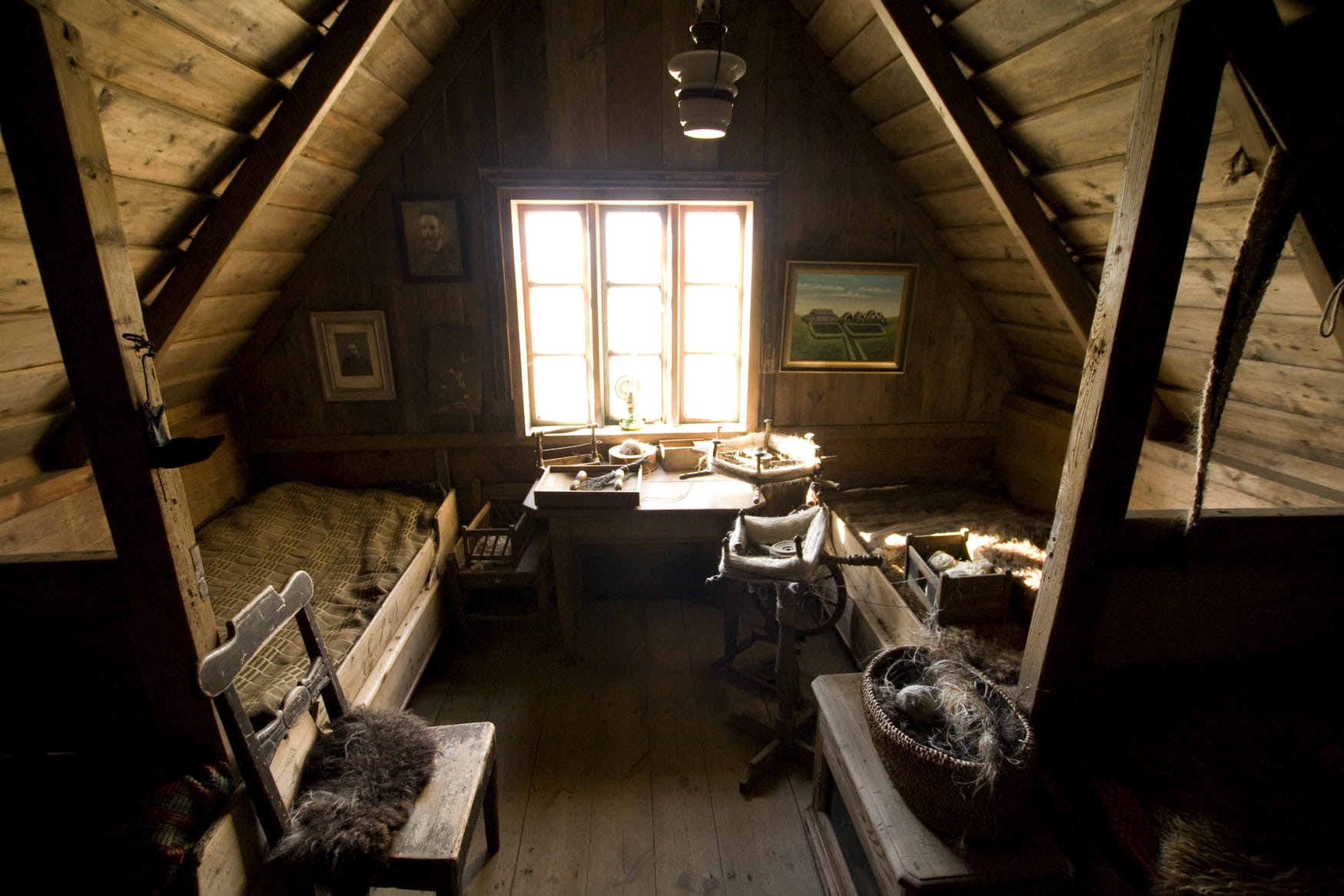
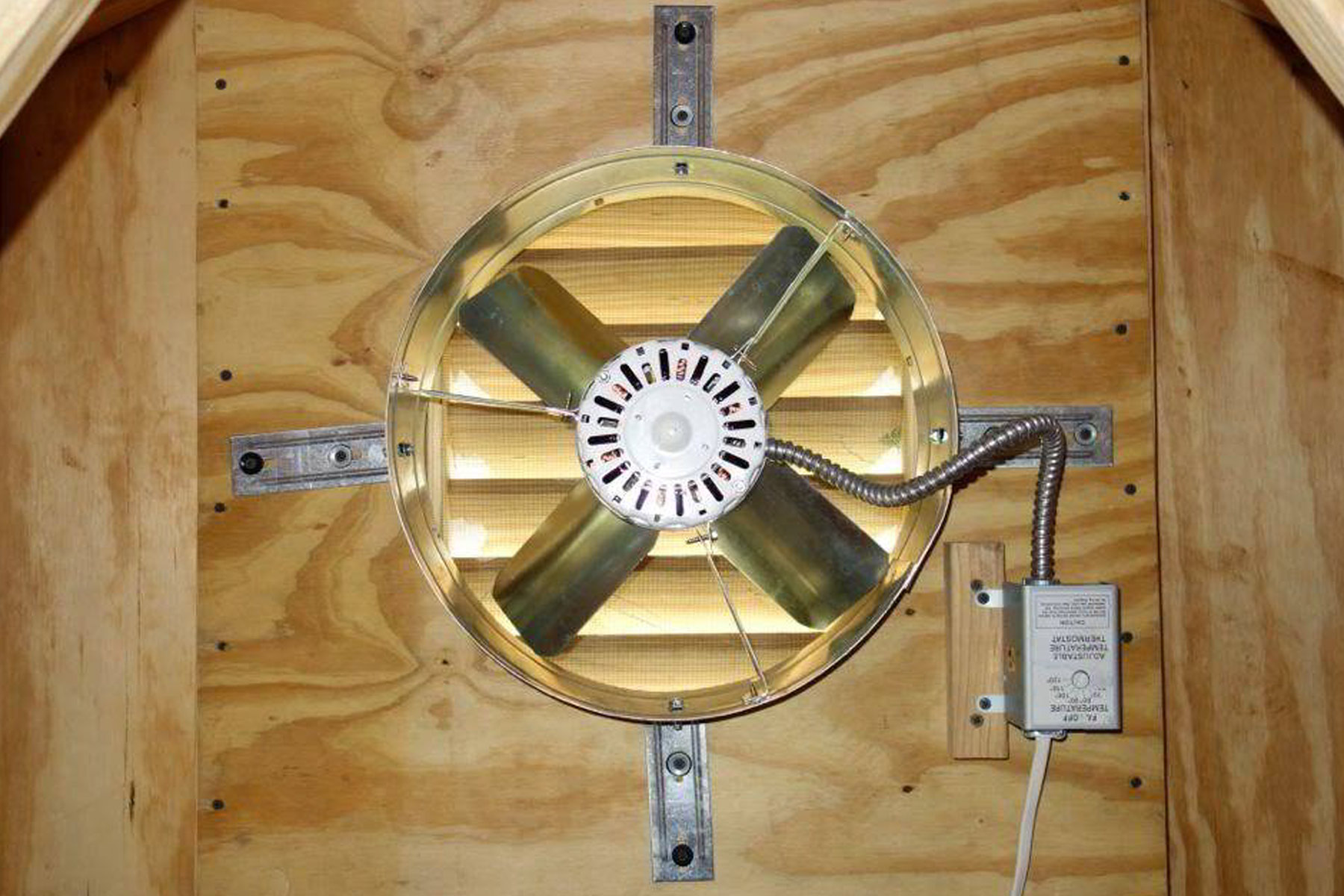
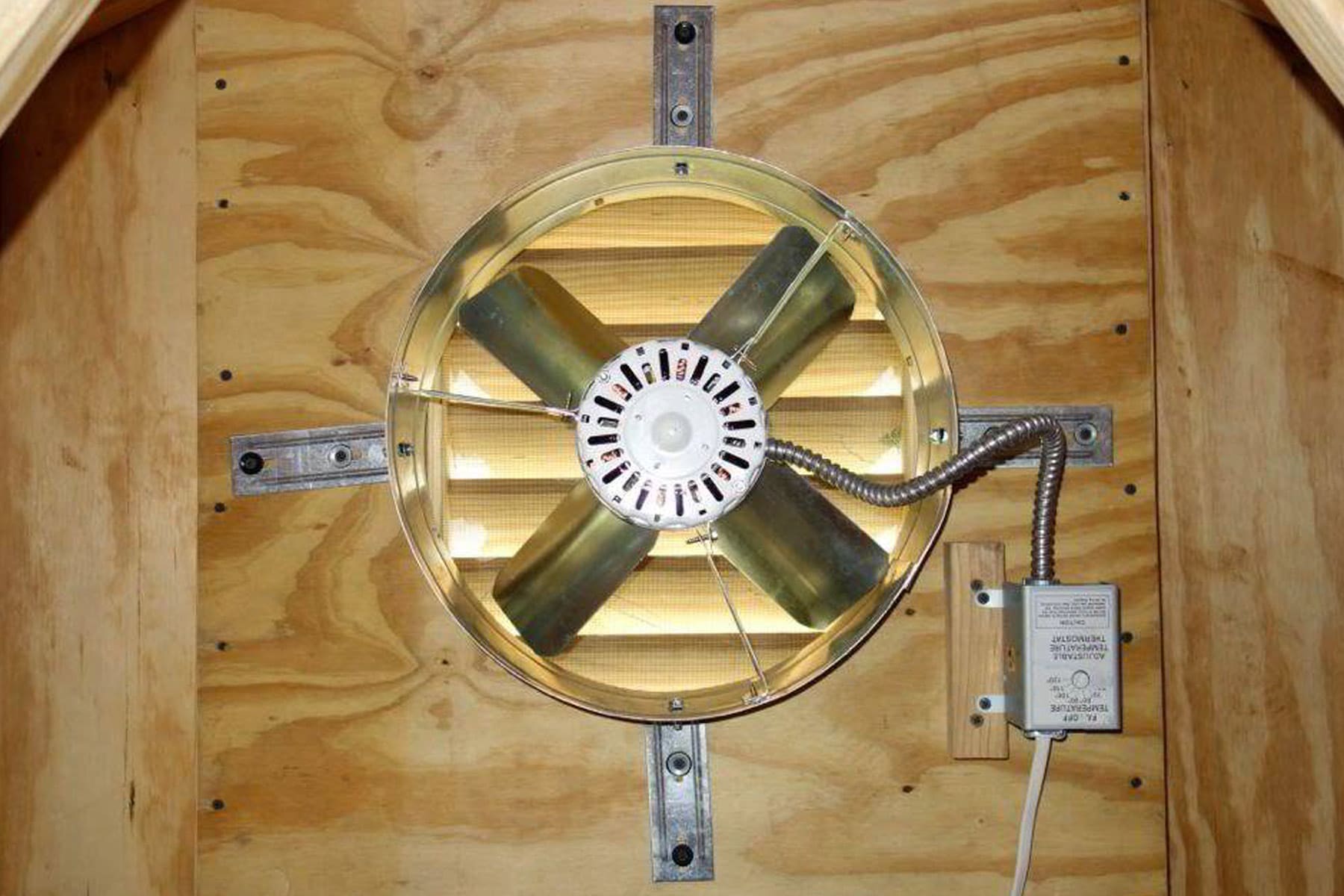

0 thoughts on “How To Keep The Attic Cool In Summer”